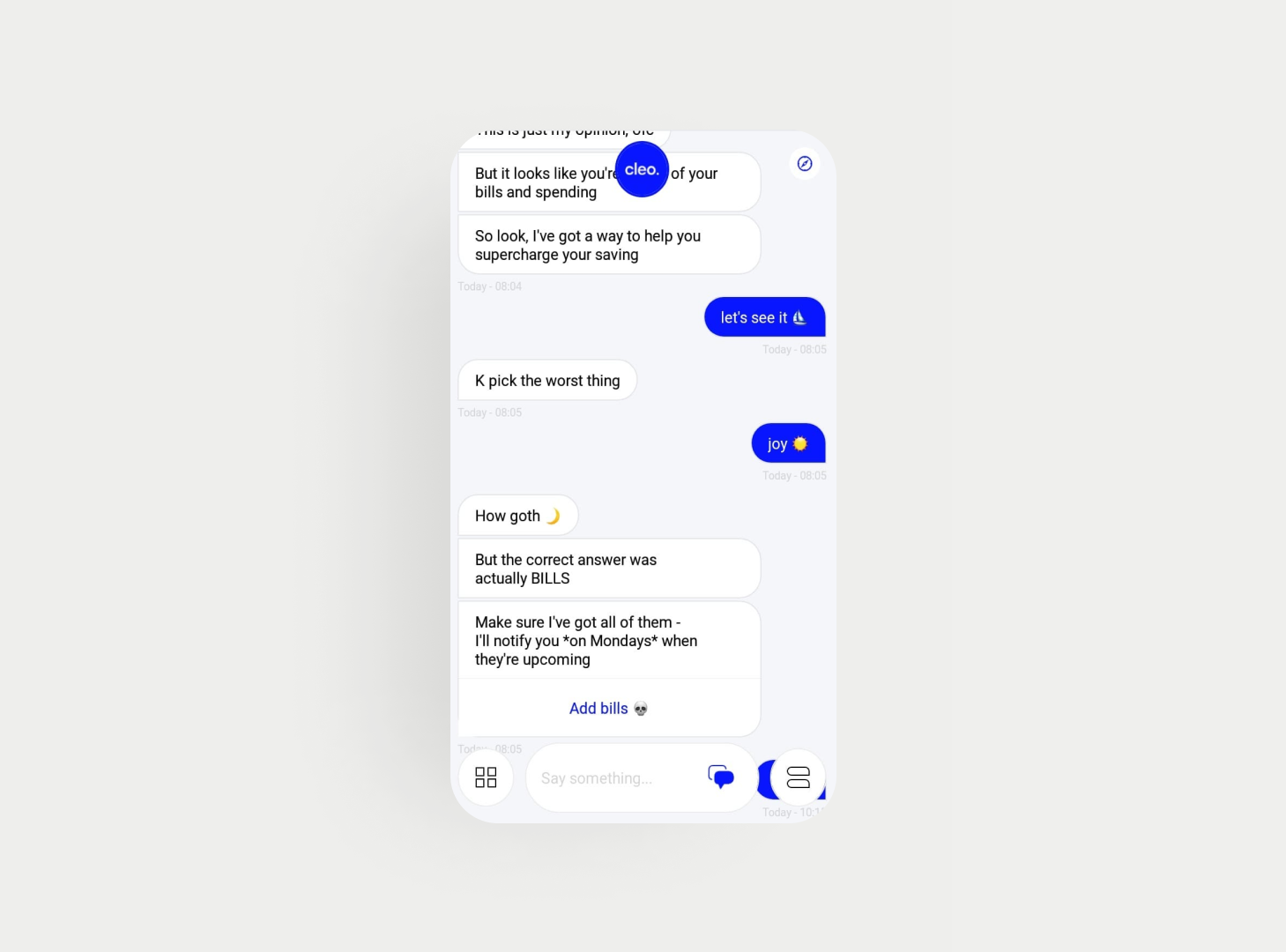AI in action: Elevating UX and business growth
Artificial Intelligence (AI) is no longer a distant future technology—it’s actively transforming industries, businesses, and the way we interact with the world. From retail and healthcare to entertainment and productivity, AI is being integrated into everyday apps to improve efficiency, user experience, customer satisfaction, and ultimately, business growth. This article explores how embracing AI in digital product design can help businesses stay ahead of the curve and drive real, measurable success.
The benefits of embracing AI for business growth
- Increased efficiency & productivity: AI automation takes care of repetitive tasks, allowing your team to focus on complex work. This not only boosts productivity but also keeps employees engaged.
- Better customer experience: With AI, you can offer personalised experiences through tailored recommendations and chatbots. This fosters stronger customer relationships and leads to higher satisfaction.
- Cost reduction: AI helps cut operational costs by automating tasks that typically require human effort, allowing businesses to maintain service quality without needing a large staff.
- Data-driven insights: AI analyses vast amounts of data quickly, providing actionable insights that help you make better decisions and spot growth opportunities.
- Scalability: AI enables businesses to scale operations smoothly. By automating key functions, you can grow without needing to hire significantly more staff.

Now that we’ve highlighted the significant benefits of integrating AI into business operations, let’s dive into how some of the biggest names in the industry are harnessing this technology. From retail giants to innovative startups, companies are leveraging AI to not only enhance user experiences but also streamline their processes for greater efficiency. We’ll explore how these leaders are setting the stage for remarkable growth across various sectors.
Real-world applications of AI in digital businesses
E-commerce
AI has become a foundation of the modern e-commerce experience, helping businesses personalise customer interactions, improve recommendations, and optimise operations.
EXAMPLE
Amazon & Personalisation
Amazon leverages AI to personalise product recommendations for each user. By analysing past purchases, browsing behaviour, and even customer reviews, Amazon’s AI-powered algorithms suggest products that are more likely to resonate with individual users. This not only enhances the shopping experience but also boosts sales conversions.
“35% of Amazon’s total sales are generated by its recommendation engine.”
(Source: McKinsey & Company)
“Amazon’s personalisation engine has been reported to boost sales by up to 29%.”
(Source: Forbes)
EXAMPLE
Starbucks & AI-Driven Recommendations
Starbucks leverages AI in its mobile app to analyse customer purchasing behavior, enabling personalised promotions and product recommendations.
“Starbucks’ AI-driven recommendations have contributed to an increase in average order value by 20%.”
(Source: Forbes)
“The app’s loyalty program, enhanced by AI, has over 25 million active users.”
(Source: Starbucks)
Customer Service
AI-driven chatbots and virtual assistants are reshaping the way businesses handle customer service. These AI systems can handle everything from answering simple queries to resolving more complex issues, all while operating 24/7.
EXAMPLE
Sephora Virtual Artist & Chatbots
Sephora’s app integrates an AI-powered virtual assistant that helps customers choose makeup based on their preferences. Through chatbot conversations, users can get personalised recommendations for products, book appointments, and even try on products virtually using augmented reality (AR).
“The Virtual Artist feature has led to a 15% increase in online sales.”
(Source: Sephora)
“Sephora’s chatbot has helped reduce product returns by 7%.”
(Source: Forbes)
Finance
AI is a game-changer in the finance sector, automating tasks, enhancing security, and providing personalised financial advice.
EXAMPLE
Cleo & AI-driven Budgeting
Cleo, an AI-powered personal finance app, uses conversational AI to help users with budgeting, spending insights, and financial advice through a chat-based interface. The app has gained traction for its user-friendly approach and personalised guidance.
“Cleo’s AI-driven insights have helped users save an average of $300 annually”
(Source: Cleo)
“Its quirky, conversational style has boosted user engagement by 28% year-over-year”
(Source: TechCrunch)
Entertainment and Media
AI is transforming how content is created, curated, and consumed in the entertainment industry, offering personalised content recommendations and even helping create entirely new types of media experiences.
EXAMPLE
Netflix & AI for Content Recommendations
Netflix uses AI algorithms to personalise content recommendations for each user based on their viewing history and preferences. The platform’s recommendation engine is responsible for over 80% of the content watched on Netflix, demonstrating the significant impact AI has on viewer engagement.
“80% of the content watched on Netflix is driven by AI recommendations.”
(Source: Netflix)
“Netflix estimates that its recommendation engine saves the company $1 billion annually by reducing churn.”
(Source: The Verge)
EXAMPLE
Spotify & Personalised Playlists
Spotify uses AI to curate personalised playlists like “Discover Weekly,” which adapts to users’ listening habits and preferences.
“Over 40 million users listen to Discover Weekly every week.”
(Source: Spotify)
“The playlist has been credited with driving significant user engagement and retention.”
(Source: Music Business Worldwide)
How your business can harness AI
- Identify key areas for AI integration: Determine where AI can have the most significant impact on your business.
- Leverage existing AI tools and platforms: Don’t reinvent the wheel—there are countless AI platforms and APIs available that can be easily integrated into your existing apps.
- Focus on data: AI is only as good as the data it’s fed. Ensure that you’re collecting high-quality data that can be used to train AI models and deliver better outcomes.
- Stay agile: AI technologies are evolving rapidly. Embrace a mindset of continuous improvement and be ready to adapt as new advancements become available.

Embracing AI is not just about keeping up with trends—it’s about leveraging innovative technologies to drive meaningful change in your business. As we’ve seen through the examples of industry leaders, adopting AI can significantly impact how you connect with customers and optimise processes.
As a product designer, prioritising user experience is crucial. Integrating AI allows for more personalised interactions and intuitive designs, which can elevate user satisfaction and loyalty. By focusing on how AI can enhance user journeys, you can create products that not only meet user needs but also exceed their expectations. Now is the time to explore these possibilities and make AI a key part of your strategy for success.


